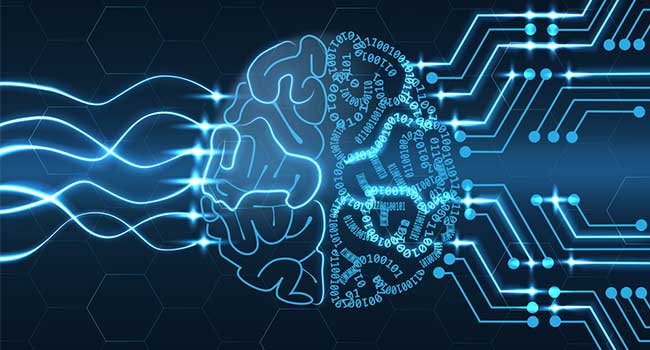
The Intelligence Needed with Any System
Taking any camera stream in, it becomes an Ai-powered camera with the same analytics advantages while keeping other budgets in mind
- By Patrick Kelly
- Jul 24, 2023
Comprehensive security systems today typically include a series of IP network cameras. How can they not? For any security system (including access control, alarms and intrusion protection) to be efficient, it needs these “eyes in the sky.” Simply calling them “eyes” anymore though does not seem to encompass all possibilities.
These are network devices that add intelligence to a system, with analytics onboard and deep learning capabilities that maximize effectiveness and can reduce costs.
Previous pixel-based cameras have been known for triggering false alarms. When this evolved to machine learning analytics, the false alarms reduced, but were still not as detailed as many campuses, healthcare facilities, distribution centers, and others needed for monitoring purposes. The latest developments for network cameras include deep learning, with algorithms trained to be more granular and specific.
For example, one difference is that some machine learning analytics are trained to identify a vehicle versus a human, but Ai software and deep learning engines can categorize a human versus a vehicle; then they classify that vehicle as a car, truck or bus.
Network cameras with onboard Ai analytics are rule-based and only detect and track the objects wanted. Without environmental factors like heavy rain, spiders, or moving lights triggering an alarm, the monitoring in place is far more efficient and conserves storage space. This is especially critical for IP camera systems with multiple monitored zones and many virtual tripwires, requiring intelligent software to properly alert and notify a user or monitoring center based on the configuration.
The added layer that many industries require for efficient security is IP cameras with license plate recognition, but the more important aspect of these types of devices now is their ability to be user-friendly.
Automatic number plate recognition (ANPR) network cameras use the embedded Ai engine to extract the numbers and letters on a vehicle’s license plate and convert that into readable, searchable data. This simplifies and expedites a user’s database search, creating a more efficient process and faster response time.
In addition to scanning and identifying license plates, ANPR IP cameras can include make, model and color (MMCR) detection. This expands the searching capabilities for all types of users and central stations that often need to quickly find and recognize vehicles based on descriptions other than a license plate and export that information.
A key benefit to many of these megapixel Ai network cameras is having the analytics already included in the device; ready to learn the monitored area and provide 4k resolution. It is a cost-efficient and quality update for all industries to move toward. Still though, the deployment and installation costs of new cameras can be cumbersome at times or may need planning in phases. The answer to this is Ai integration with an existing camera system; having the advantages of Ai software analytics on the server side, even for cameras that are non-analytic. Taking any camera stream in, it becomes an Ai-powered camera with the same analytics advantages while keeping other budgets in mind.
While network cameras have become a necessity in most markets, in conjunction, many companies at this time prefer on-site servers and software at their location as well as the cloud service and connection. This hybrid setup provides the company or location with flexibility to manage and store most of footage and data on the premises, while still being able to remotely access the system, manage a site, and/or store important records and information via the cloud.
Edge-based Ai network cameras are optimizing the performance of all systems. While the cameras themselves may not be considered the “brains of the system” just yet, the clarity, quality and intelligence of the devices has made it clear that they are a necessity for any complete security system.
Network devices with onboard Ai analytics or existing cameras with integrated server-side analytics turn a standard security system into an end-to-end solution. With different onboard options or alternative methods to phase in the optimal capabilities of Ai analytics, a comprehensive and user-friendly solution can enhance the security for all types of industries.
This article originally appeared in the July / August 2023 issue of Security Today.
About the Author
Patrick Kelly is director of IP Sales, Complete Surveillance Solutions, at Digital Watchdog (DW).